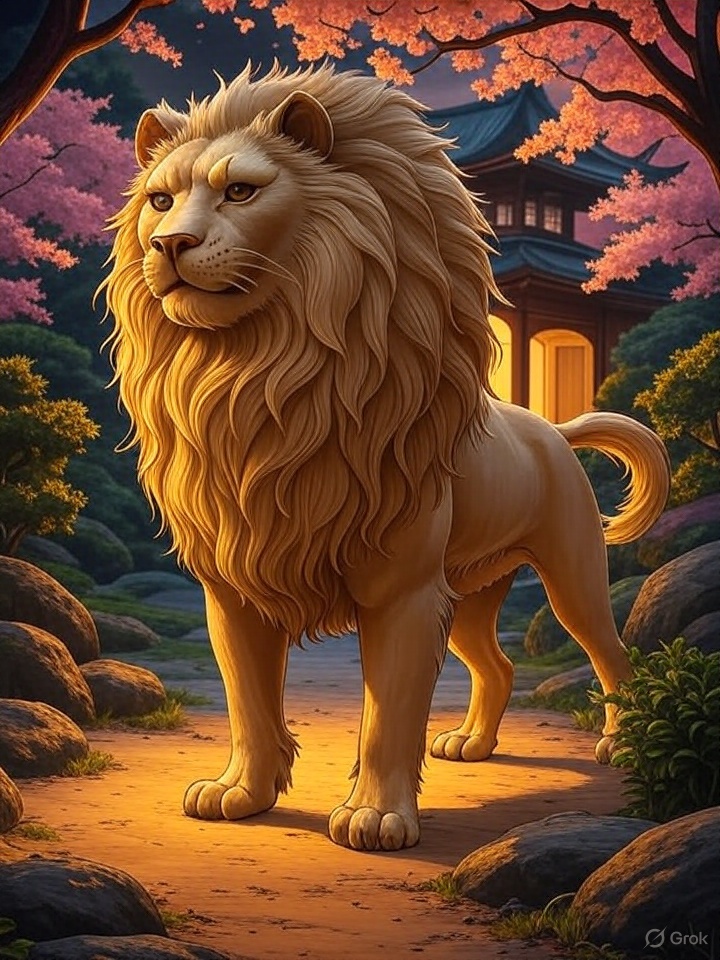Name Meaning
Overview
\n
Koma-inu (狛犬) means "Korean dog" or "foreign dog" and refers to the mythical lion-dog statues that guard temples and shrines in Japan.
- Koma (狛) = old name associated with the Korean kingdom of Koguryo
- Inu (犬) = dog
Origin
- Derived from Chinese guardian lions ("shishi") and introduced through Korea during early Japan's cultural exchanges.
- Found at entrances of Shinto shrines and Buddhist temples since the Heian period.
- One usually has an open mouth (pronouncing "a"), the other closed ("un") — together symbolizing the beginning and end.
Appearance
- Resembles a stylized lion or dog with a curly mane and muscular body.
- Often depicted in pairs, with one statue bearing a horn or different posture.
- May be carved from stone or cast in metal or ceramic.
Behavior & Myths
- Symbolically guard against evil spirits and misfortune.
- Believed to possess spiritual power that purifies and protects sacred areas.
- Visitors often bow or nod to them upon entering shrines as a sign of respect.
Symbolism
- Represent vigilance, guardianship, and sacred purity.
- Stand as intermediaries between the spiritual and physical realms.
- Embody duality — beginning and end, breath and silence, protection and judgment.

